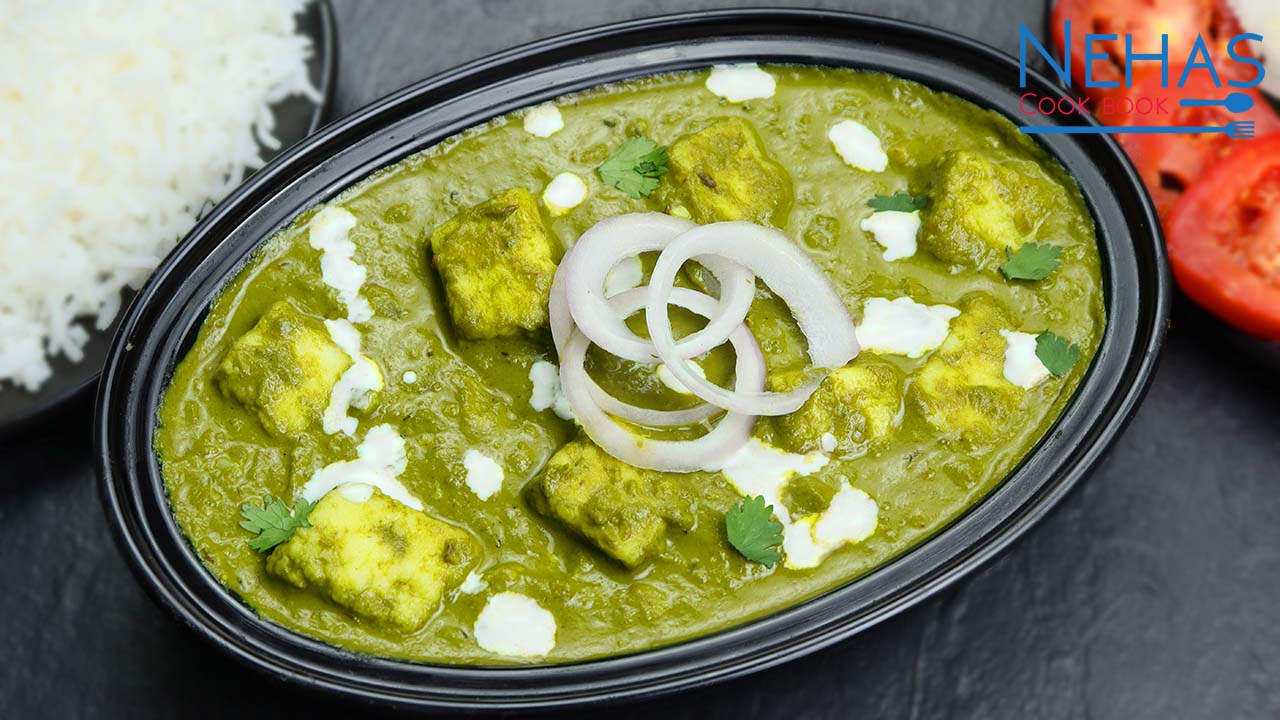Palak Paneer, a classic Indian dish, seamlessly combines the earthy flavor of spinach with the creamy richness of paneer (Indian cottage cheese). This vegetarian delight not only tantalizes the taste buds but also offers a nutritional punch. In this comprehensive guide, we’ll delve into the origins of Palak Paneer, its nutritional benefits, variations across regions, and provide you with detailed recipes to recreate this culinary masterpiece in your kitchen.
Origins and Cultural Significance:
Palak Paneer has deep roots in Indian cuisine, tracing back to the rich culinary heritage of the Indian subcontinent. It originated in North India, particularly in the Punjab region, where spinach (palak) grows abundantly. Over time, it has become a beloved dish not only in India but also globally, thanks to its flavorful profile and vegetarian appeal.
Nutritional Benefits of Palak Paneer:
One of the reasons Palak Paneer has gained popularity is its impressive nutritional profile. Spinach, the primary ingredient, is packed with vitamins, minerals, and antioxidants. It is rich in iron, folate, vitamin K, vitamin A, and several other essential nutrients. Paneer, on the other hand, contributes protein, calcium, and healthy fats to the dish. Together, they create a wholesome meal that is not only delicious but also nourishing.
Regional Variations:
While the basic recipe for Palak Paneer remains consistent, there are regional variations that add depth and diversity to this dish. In some parts of India, additional ingredients such as tomatoes, onions, garlic, or various spices are used to enhance the flavor profile. For example, in the state of Maharashtra, a variation known as “Palak Paneer Bhurji” incorporates scrambled paneer into the spinach gravy, creating a unique texture. Exploring these regional variations allows one to appreciate the culinary diversity within Indian cuisine.
Recipe: Classic Palak Paneer
Ingredients:
500 grams spinach leaves (fresh or frozen)
200 grams paneer (cubed)
1 large onion (finely chopped)
2 tomatoes (finely chopped)
2-3 green chilies (adjust according to taste)
4 cloves of garlic (minced)
1-inch piece of ginger (grated)
1 teaspoon cumin seeds
1 teaspoon garam masala
1/2 teaspoon turmeric powder
1/2 teaspoon red chili powder
1/2 teaspoon coriander powder
Salt to taste
2 tablespoons oil or ghee
2 tablespoons cream (optional, for garnish)
Instructions:
Blanch the spinach leaves in boiling water for 2-3 minutes. Drain and immediately transfer them to ice-cold water to retain the vibrant green color. Once cooled, blend the spinach into a smooth puree and set aside.
Heat oil or ghee in a pan over medium heat. Add cumin seeds and let them splutter.
Add chopped onions and sauté until they turn golden brown.
Add minced garlic, grated ginger, and green chilies. Sauté for another 2-3 minutes.
Add chopped tomatoes and cook until they turn soft and pulpy.
Stir in the turmeric powder, red chili powder, coriander powder, and salt. Cook the spices for a minute.
Pour in the spinach puree and mix well. Let it simmer for 5-7 minutes until the gravy thickens.
Add the cubed paneer to the spinach gravy and gently mix to coat the paneer pieces.
Sprinkle garam masala on top and simmer for another 2-3 minutes.
Remove from heat and garnish with a drizzle of cream (if using).
Serve hot with naan, roti, or rice.
Conclusion:
Palak Paneer is not just a dish; it’s a culinary masterpiece that embodies the essence of Indian cuisine. Its simplicity, coupled with its nutritional benefits and rich flavors, makes it a favorite among vegetarians and non-vegetarians alike. Whether you stick to the classic recipe or experiment with regional variations, one thing is certain – a plate of Palak Paneer is always a delightful experience for the senses. So, roll up your sleeves, gather your ingredients, and embark on a journey to savor the richness of Palak Paneer in your own kitchen.

